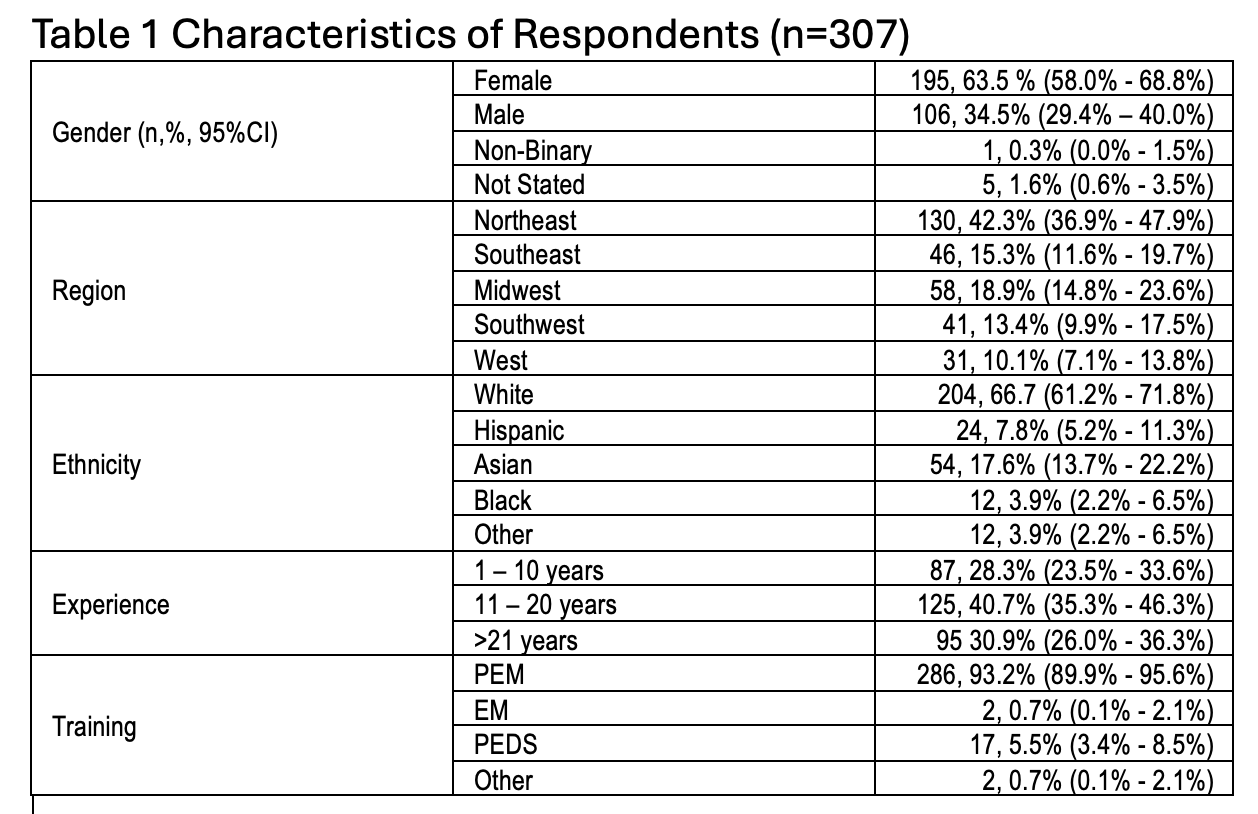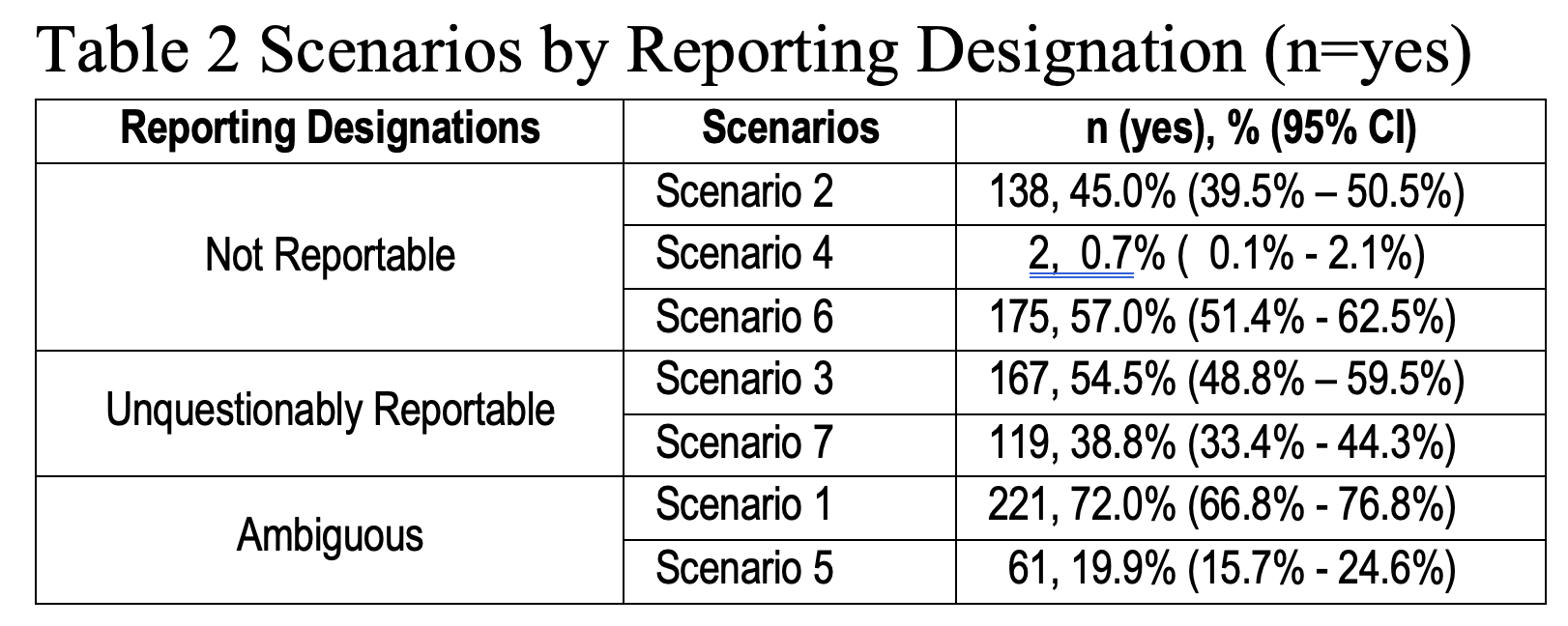Child Abuse & Neglect 1
Session: Child Abuse & Neglect 1
349 - Variability in Choosing to Report Child Maltreatment Cases by Pediatric Emergency Medicine Physicians
Sunday, April 27, 2025
8:30am - 10:45am HST
Publication Number: 349.7059
Chou-Jui Lin, State University of New York Downstate Medical Center College of Medicine, New York, NY, United States; Jeffrey Rallo, State University of New York Downstate Medical Center College of Medicine, Brooklyn, NY, United States; Jennifer Chao, SUNY Downstate, Lido Beach, NY, United States; Richard Sinert, Kings County Hospital NYC H&H, Brooklyn, NY, United States

Chou-Jui R. Lin, MD MPH
Fellow
State University of New York Downstate Medical Center College of Medicine
New York, New York, United States
Presenting Author(s)
Background: Child maltreatment is a significant public health problem. Emergency departments are often the first contact points for suspected child maltreatment. Variability in the decision of whether or not to report maltreatment cases to Child Protective Services (CPS) may lead to missed opportunities for diagnosis and intervention or unnecessary medical and social interventions.
Objective: To evaluate the variability in choosing to report child maltreatment cases among pediatric emergency department physicians.
Design/Methods: We queried emergency physicians with a 19-question survey through the PED-EM-L@LISTSERV.BROWN.EDU listserv. Seven clinical scenarios were designed by our Pediatric Emergency division in consultation with a child abuse specialist. Scenarios were created with varying degrees of suspicion for child maltreatment. Our survey asked physicians if they would report each case to CPS. We collected demographic information regarding the physician, their work setting, and their patient population. The responses for individual scenarios were analyzed as percentages and compared with demographic data by Fisher’s exact test. Our survey received 307 responses.
Results: Most of our 307 respondents are specialized in pediatric emergency medicine (95.6%). Of the seven scenarios, physicians only unanimously (99.3%, 95% CI 97.9-99.9%) agreed in one scenario. For the other six scenarios, agreement only ranged from 54.4% (95%CI: 48.8-59.9%) to 80.1% (95%CI: 75.4-84.3%). Demographics, including physician age, gender, ethnicity, years of experience, population ethnicity, and hospital location, did not explain variability in choosing to report to CPS.
Conclusion(s): Our study shows significant variability in reporting child maltreatment cases, but the variability is not explained by hospital or physician demographics.
Table 1 Characteristics of Respondents

Table 2 Scenarios by Reporting Designation


